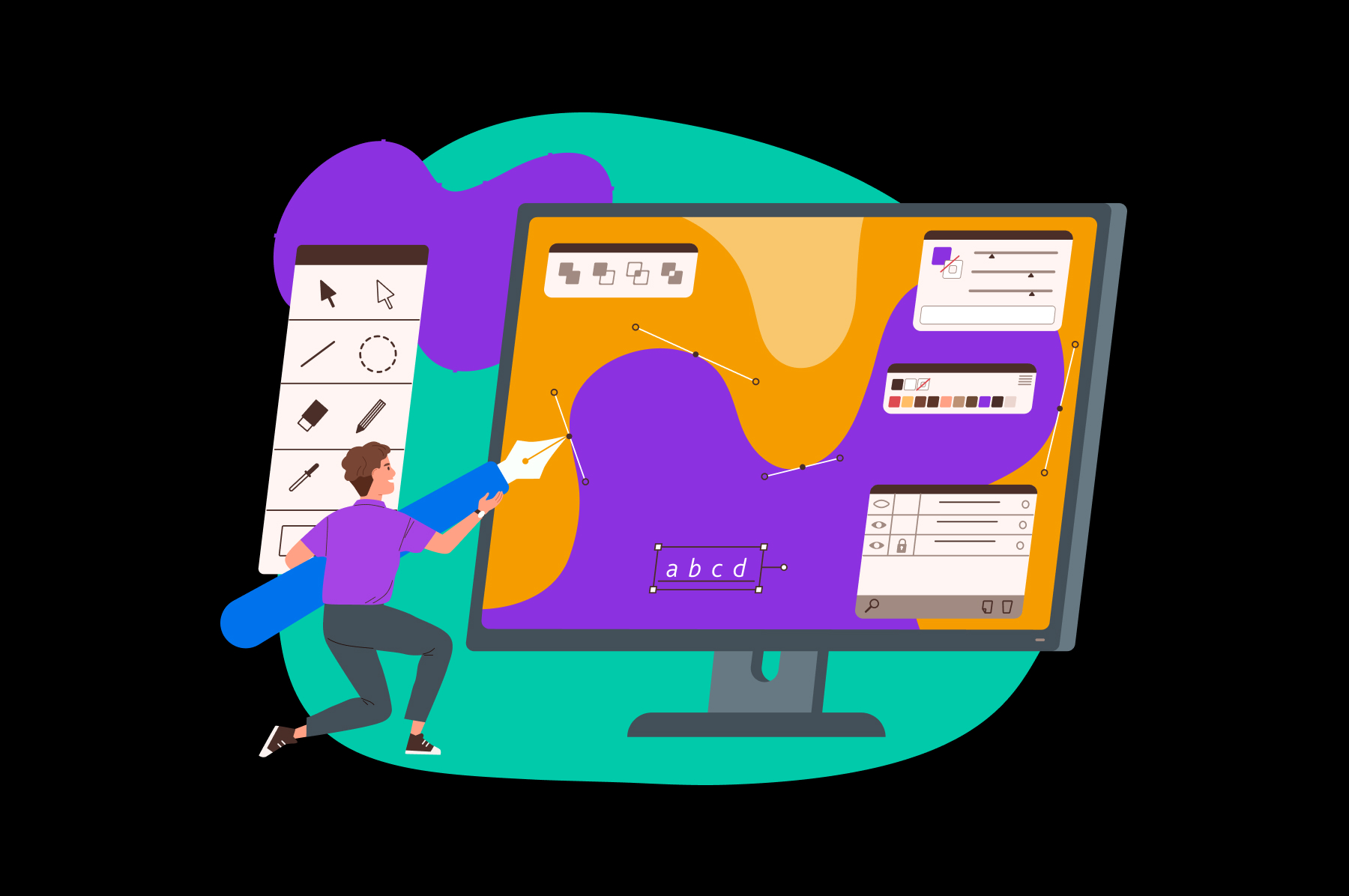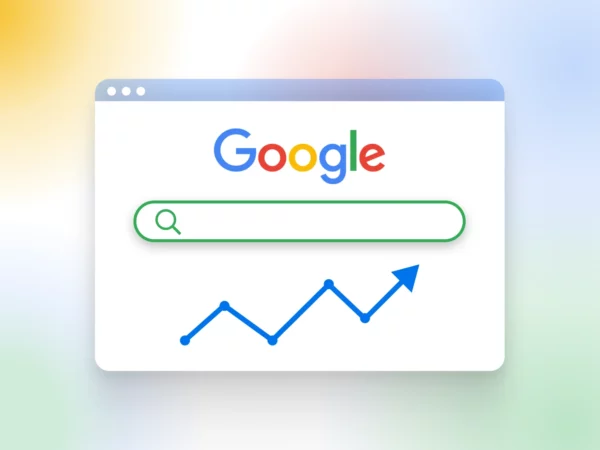What is jQuery?
jQuery is a fast, small, and feature-rich JavaScript library. It simplifies HTML document traversal and manipulation, event handling, animation, and Ajax with an easy-to-use API that works across a multitude of browsers.

More About jQuery
Why Use jQuery?
jQuery is a popular and widely-used JavaScript library that makes it easier to use JavaScript. It provides a lot of features such as HTML document traversing, animation, event handling, and Ajax support, which are all done with less code than writing the same scripts in plain JavaScript. By using jQuery, developers can craft better website experiences for visitors without having to write a lot of complex code.
Fewer Lines of Code
One major benefit of jQuery is its intuitive syntax that allows developers to create behaviors and effects quickly and easily. For instance, instead of writing lines upon lines of complex code to make an animation happen on the page, developers can simply use a single line of simple jQuery code to do the job. This makes it much easier for web designers and developers of all levels to create visually appealing websites with dynamic features without having to dive too far into complicated coding practices.
Cross-Browser Compatibility
Another great benefit of jQuery is its cross-browser compatibility; unlike many other libraries out there, jQuery works just fine across different web browsers such as Chrome, Firefox, Safari and Internet Explorer. This means that regardless which browser your users are using to browse your site, they will still be able to experience everything you have created without any glitches or lags due to browser incompatibility issues.
Setting Up Your First jQuery Project
For anyone looking to get started with jQuery, the easiest way is to download a copy of the library from the official website. Once downloaded, you can add it into your project’s directory and start writing jQuery code within the <script> tags of your HTML document. There are plenty of excellent tutorials online that will help you learn more about how to work with jQuery and what its syntax looks like. For example, developers new to jQuery should check out W3Schools’ tutorial on getting started with jQuery.
Once you’ve familiarized yourself with the basics of jQuery, there are plenty of tools available online that can help you get set up quickly and easily. For instance, CodePen offers a great tool for testing out different pieces of jQuery code and seeing what results they produce in real time; this could be really helpful for developers who are still getting used to working with it.
Additionally, Bootstrap Studio is an application designed specifically for creating beautiful websites using both Bootstrap and jQuery – allowing users to save time when building their projects.
Common jQuery Issues
Incorrect syntax
When working with jQuery, common syntax errors include incorrect use of quotes, semi-colons, and parentheses. Additionally, it’s important to make sure the correct object is being targeted when chaining multiple functions together; a single misplaced character can cause the whole script to fail. As such, it’s important to double-check your code before deploying any scripts in a live environment.
Incorrectly scoped jQuery events
Incorrectly scoped jQuery events can cause serious issues in web development projects. Events that are incorrectly scoped will be triggered at the wrong time and by the wrong elements, making them difficult to diagnose. For example, when binding an event to a submit button, the event may be triggered when any other part of the page loads or when any action is taken outside of the scope of that element. This could lead to unexpected errors and incorrect functionality if not caught before deployment.
Performance Issues
Performance issues are often caused by incorrect usage of selectors and DOM traversal methods. While jQuery is designed to be performant, if not used correctly it can slow down your code and decrease the overall performance of the page. Some common mistakes include using inefficient selectors or performing multiple queries when a single one would suffice, as well as applying inline styles that directly manipulate the DOM.
Additionally, misusing jQuery’s data-* attributes can lead to unnecessary memory consumption, which in turn, leads to slower page execution times. Writing modular code with optimized functions for each task can help prevent these issues from occurring.


